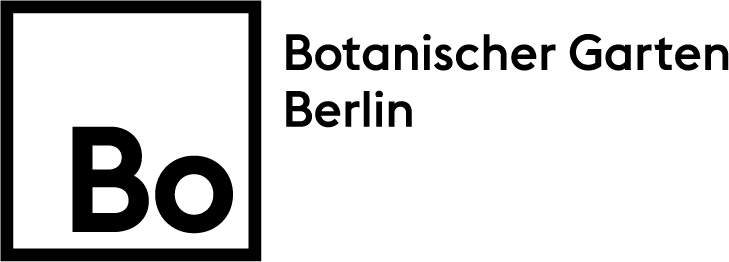The living plant collections of the Botanic Garden Berlin
The Botanic Garden Berlin has its roots in the 17th Century, when its immediate precursor was founded at Schöneberg, SW of the City and NE of its present location, in the year 1679. It had changing fates and affiliations, first achieving world fame in the early days of the 19th Century under Willdenow's directorship. About 100 years ago the transfer of its holding to its present location, a 42 ha area formerly belonging to the Dahlem Domain, was decided, a process that was to last well into the early years of the 20th Century.
Under the directorship of Engler and his deputy Urban, and rid of its former space constraints, the new garden in Berlin-Dahlem, which also served as a repository for colonial botany of the time, virtually exploded. A 1938 inventory known as the "Dahlemer Handliste" enumerates c. 18.000 taxa, all without documented origin. Few if any of the greenhouse collections did however survive the hardships of World War II.
Post-war rebuilding of the Garden's holdings made preferential use of accessions with known wild origin, and placed emphasis on the verification of their taxonomic identity. Four of the present scientific staff are working primarily on the Garden's live collections, and the other ten vascular plant specialists also participate in identification work. Currently, about half of the 32.500 cultivated accessions and 20,750 different species present in the Garden have thus been critically verified, and the separately curated Garden Herbarium founded in the 1950's holds more than 49.000 specimens. A 10-digit numerical accession recording system was initiated in 1975 and provides a stable link of each plant with all relevant documentation, including provenance. Species relevant information such as common names and general distributional area, scientifically verified in each case, is being transferred from the present card file system to an electronic database.
The Botanic Garden Berlin issues a yearly seed exchange list with 2000 - 3000 items, all of which have been critically verified and are vouchered in our herbaria. As with our holdings, the major emphasis is on seed collected in the wild, or from garden plants of known wild origin. The seeds are offered free to bona fide gardens and scientific research institutions, exclusively for non-commercial purposes.
During the last two decades, our accession policy has concentrated on plants from the Mediterranean regions and Mediterranean-type climate areas, from the Near East and Central Asia, and on succulent plants. In terms of species numbers, greenhouse and out-of-doors holdings are of about equal importance. A special section of the Garden, not open to the general public, is devoted to ex situ conservation and multiplication of plants at risk in the wild. Accessions related to specific research programmes of the Garden's scientific staff and graduate students are nursed in the same section.





